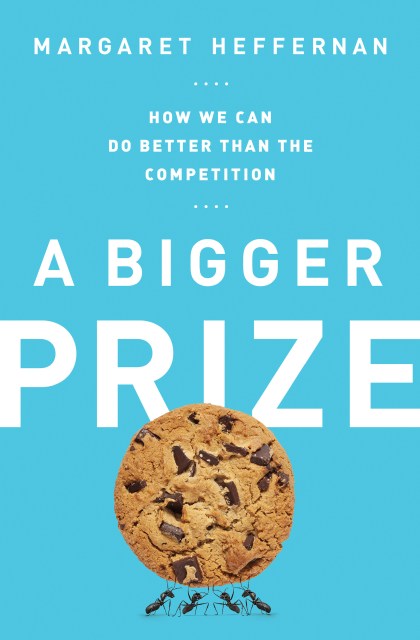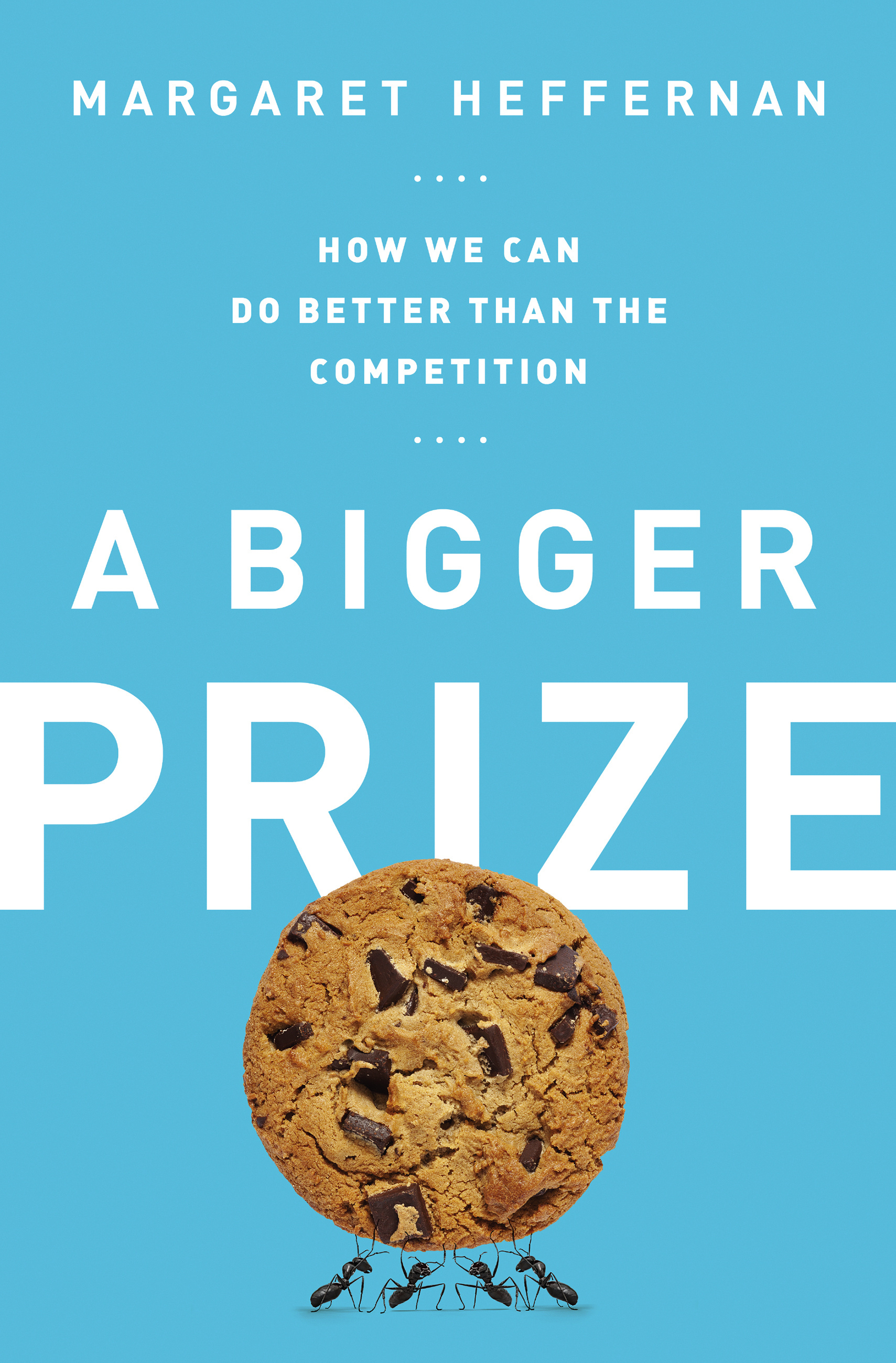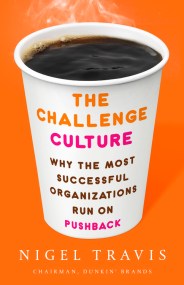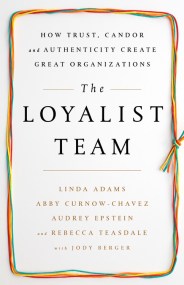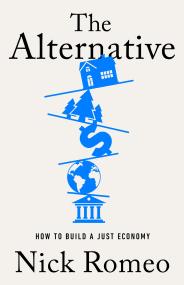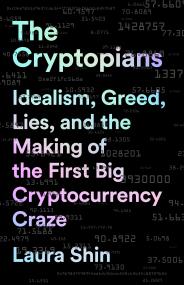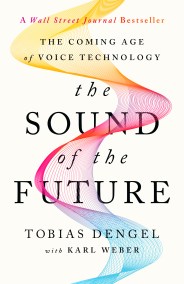Promotion
Use code MOM24 for 20% off site wide + free shipping over $45
A Bigger Prize
How We Can Do Better than the Competition
Contributors
Formats and Prices
Price
$27.99Format
Format:
- Hardcover $27.99
- ebook $15.99
This item is a preorder. Your payment method will be charged immediately, and the product is expected to ship on or around April 8, 2014. This date is subject to change due to shipping delays beyond our control.
Also available from:
Get into the best schools. Land your next big promotion. Dress for success. Run faster. Play tougher. Work harder. Keep score. And whatever you do — make sure you win.
Competition runs through every aspect of our lives today. From the cubicle to the race track, in business and love, religion and science, what matters now is to be the biggest, fastest, meanest, toughest, richest.
The upshot of all these contests? As Margaret Heffernan shows in this eye-opening book, competition regularly backfires, producing an explosion of cheating, corruption, inequality, and risk. The demolition derby of modern life has damaged our ability to work together.
But it doesn’t have to be this way. CEOs, scientists, engineers, investors, and inventors around the world are pioneering better ways to create great products, build enduring businesses, and grow relationships. Their secret? Generosity. Trust. Time. Theater. From the cranberry bogs of Massachusetts to the classrooms of Singapore and Finland, from tiny start-ups to global engineering firms and beloved American organizations — like Ocean Spray, Eileen Fisher, Gore, and Boston Scientific — Heffernan discovers ways of living and working that foster creativity, spark innovation, reinforce our social fabric, and feel so much better than winning.
Genre:
- On Sale
- Apr 8, 2014
- Page Count
- 416 pages
- Publisher
- PublicAffairs
- ISBN-13
- 9781610392914
Newsletter Signup
By clicking ‘Sign Up,’ I acknowledge that I have read and agree to Hachette Book Group’s Privacy Policy and Terms of Use
